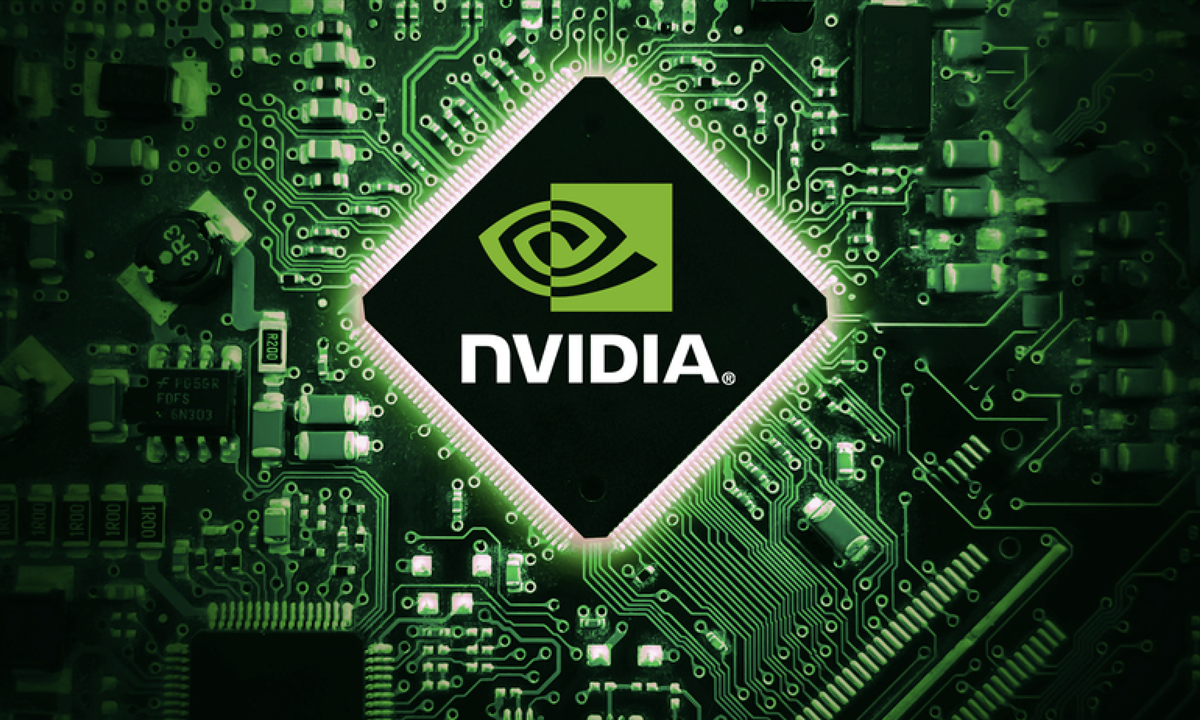
Is NVIDIA Corp. (NASDAQ: NVDA) a proxy for the broader market? It sure looks like it. In late August, the world’s leading microchip manufacturer delivered a strong earnings report. However, hitting a home run when investors hoped for, and maybe even expected, a grand slam was not enough. NVDA stock is down 14.8% since the report.
With the Federal Reserve almost certain to cut interest rates when they meet in mid-September, you would think that investors would see this as a buying opportunity. The NVIDIA analyst forecasts on MarketBeat show overwhelmingly bullish sentiment for NVDA stock. Since the company’s earnings report, 17 analysts have either reiterated or boosted their price targets. And many of those targets are above the $142.10 consensus price target.
But investors seem to be taking this pullback as an opportunity to re-examine NVIDIA and particularly its valuation. In fact, as is the case with other red-hot technology stocks like Palantir Technologies Inc. (NYSE: PLTR), the fundamental obstacle for NVDA stock seems to be its valuation.
The Case for Overvaluation: NVIDIA’s Premium Valuation Under Scrutiny
Analysts determine a stock’s valuation by calculating its intrinsic value using methods that factor in economic data such as past prices and company forecasts. The objective is to give investors an idea of whether a stock is undervalued (trading at a discount), overvalued (trading at a premium), or priced just right.
The analysts claiming NVDA stock is overvalued cite fundamental metrics like its forward price-to-earnings (P/E) ratio, around 40x, and its price-to-sales (P/S), over 42x. Both are above the semiconductor sector average but need to be taken into context. NVIDIA is the unquestioned sector leader and, therefore, merits a premium valuation.
On the other hand, the most bearish voices (which are often the loudest) forecast slower demand for the company’s products over the next 18 months. One reason is self-inflicted. The company has had a slight delay in releasing its Blackwell Superchip platform. That means the company won’t realize revenue for Blackwell until 2025, which is the end of this fiscal year.
That leads to another objection. Current customers of NVIDIA are working on their own chips, to say nothing of competitors such as Advanced Micro Devices Inc. (NASDAQ: AMD) working on their own high-performance chips.
Trading vs. Holding: How You View NVIDIA Depends on Your Strategy
The importance you place on any of the arguments against NVDA stock may depend on whether you view NVIDIA as a stock to trade or a stock to buy and hold for the long term (over a year and likely longer).
One challenge investors face in 2024 is crosstalk. By that, I mean advice that’s applicable to traders but is heard by investors. With high-speed trading becoming the norm, retail investors increasingly use options trading and other trading strategies to maximize their investment gains.
As stocks like NVIDIA begin to attract investors, they trade at such a high volume that they become a very attractive trading target. Traders who want to get the most bang for their buck don’t just want to buy the dip. They’re scrutinizing every more on the NVDA stock chart to purchase shares at the bottom.
NVDA Stock Remains a Strong Long-Term Buy
Of course, even if you’re a long-term investor, you still want to buy NVDA stock at a favorable price. But dip buying shouldn’t be your primary focus. You’re more concerned about where NVIDIA is likely to be in five or 10 years.
This is why investing takes conviction. The threats to NVIDIA’s dominance are real. However, NVIDIA has an 85% market share and profit margins of over 70%. That means those threats are less likely to impact the company in a meaningful way for several years.
A more real and present danger to NVDA stock may come from the overall economy. If the company’s customer base needs to pull back on AI spending, demand for the company’s chips could slow even more than it has.
But that would be a headwind for the entire industry, which always benefits the best-in-class in the long run. That’s why, with the NVDA stock price forecast to move 32% higher in the next year, long-term investors shouldn’t place undue attention on the company’s valuation.
